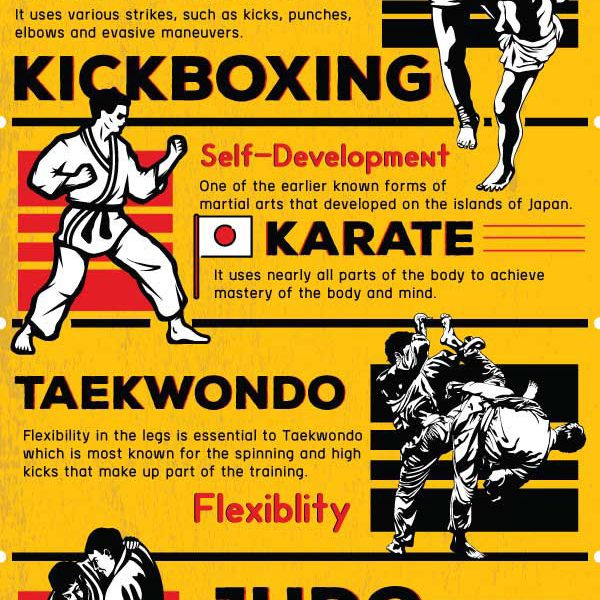The Evolution And Historic Significance Of Martial Arts Throughout Various Cultures
The Evolution And Historic Significance Of Martial Arts Throughout Various Cultures
Blog Article
Produced By-Kaufman Matthews
Martial arts have a remarkable background that spans centuries and continents. You may discover it fascinating how old methods like Shuai Jiao and Kalaripayattu prepared for contemporary battle strategies. These disciplines not only emphasize physical abilities however likewise mirror the societies that birthed them. As you discover their development, think about how globalization has actually changed these conventional forms into crossbreed styles. What influences do you believe have shaped today's martial arts landscape?
Ancient Martial arts: The Structures of Battle
As you look into the world of old martial arts, you'll discover the rich structures that formed battle strategies throughout cultures. Very early techniques concentrated on Self-Defense and survival, typically integrating strikes, grappling, and weapons.
In old China, as an example, methods like Shuai Jiao stressed throws and joint locks, while India's Kalaripayattu showcased agility and fluid activity. Japanese samurai created Kenjutsu, a refined swordsmanship that highlighted discipline and strategy.
Related Web Page offered not just for battle but additionally as a way of personal growth, instilling values like respect and perseverance. The mixing of these methods in time laid the groundwork for the varied martial arts you see today, each reflecting the distinct ideologies and requirements of its society.
The Cultural Impact on Martial Arts Development
While martial arts typically mirror the functional needs of a culture, they likewise embody the cultural values and ideas of their origins. When you discover various martial arts, you'll see just how they're influenced by religious beliefs, ideology, and social norms.
For instance, the emphasis on regard and self-control in Japanese martial arts originates from Zen Buddhism and samurai society. On https://daltondpaju.anchor-blog.com/14717989/the-advancement-and-historic-context-of-martial-arts-worldwide , Brazilian Jiu-Jitsu promotes flexibility and method, shaped by the requirement for performance in a diverse, multicultural atmosphere.
You may discover that the rituals, uniforms, and training approaches mirror a community's history and identity. By comprehending these social impacts, you strengthen your recognition of martial arts and their role fit human experiences around the world.
Modern Adaptations and the Globalization of Martial arts
Martial arts have actually changed dramatically in recent decades, adjusting to contemporary culture and worldwide influences. discover here 'll see that standard forms have combined with modern strategies, creating hybrid styles like mixed martial arts. These adjustments accommodate diverse audiences, making martial arts obtainable and appealing around the world.
With the rise of social networks and digital platforms, you can find tutorials and competitors from all corners of the globe, breaking geographical barriers. This globalization has brought about a common appreciation for numerous disciplines, from Brazilian Jiu-Jitsu to Taekwondo.
As you involve with these arts, you'll recognize they're not almost fight; they advertise fitness, discipline, and psychological well-being.
Eventually, modern adjustments have enhanced the martial arts landscape, making it a dynamic and evolving method.
Verdict
In checking out the history and advancement of martial arts, you discover a remarkable mix of techniques, societies, and viewpoints. From ancient self-controls like Shuai Jiao and Kalaripayattu to the modern flexibility seen in mixed martial arts, martial arts mirror humankind's quest for Self-Defense and personal growth. As you involve with these practices, you not just acquire abilities however likewise a deeper admiration for the diverse practices that form our world today. So, proceed your trip and welcome the art of combat!
